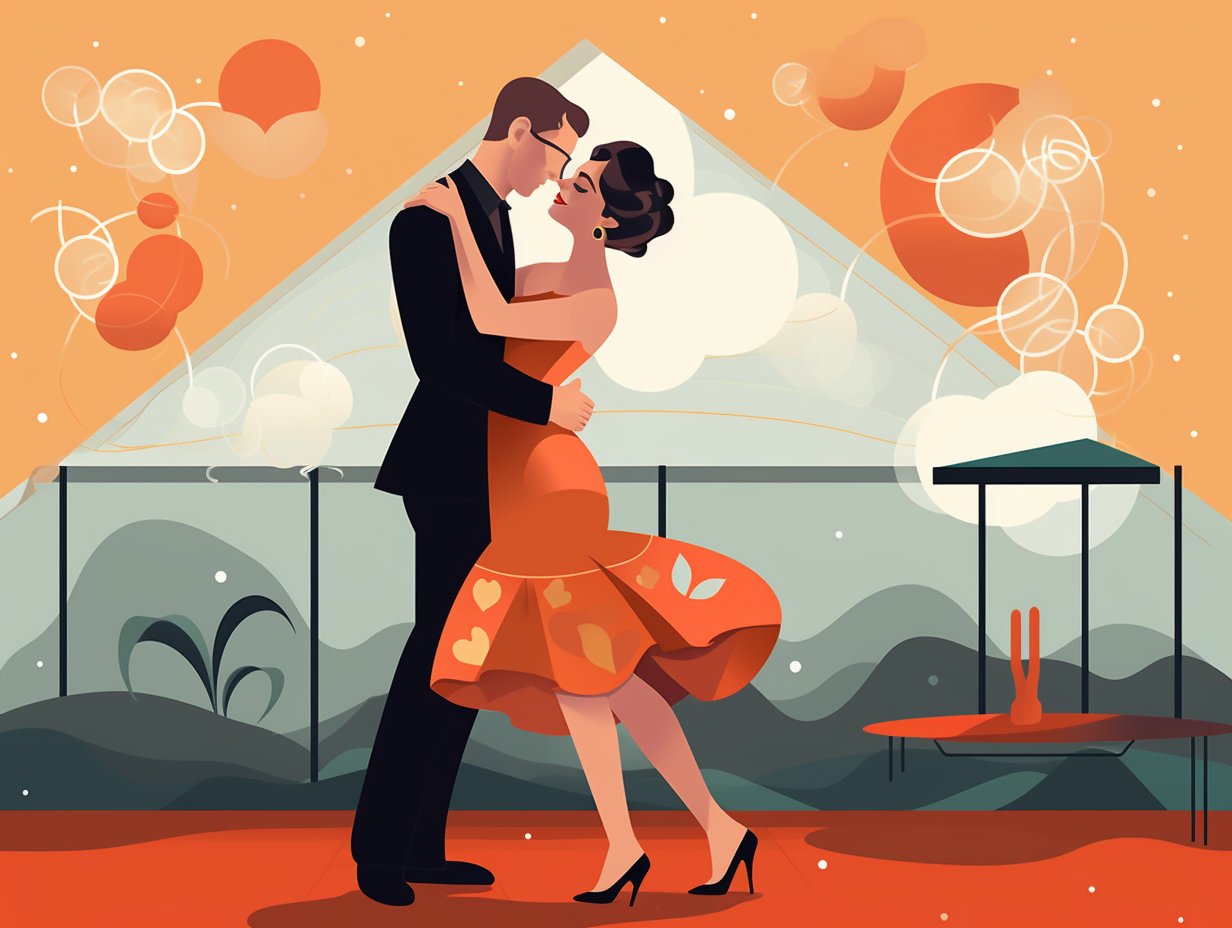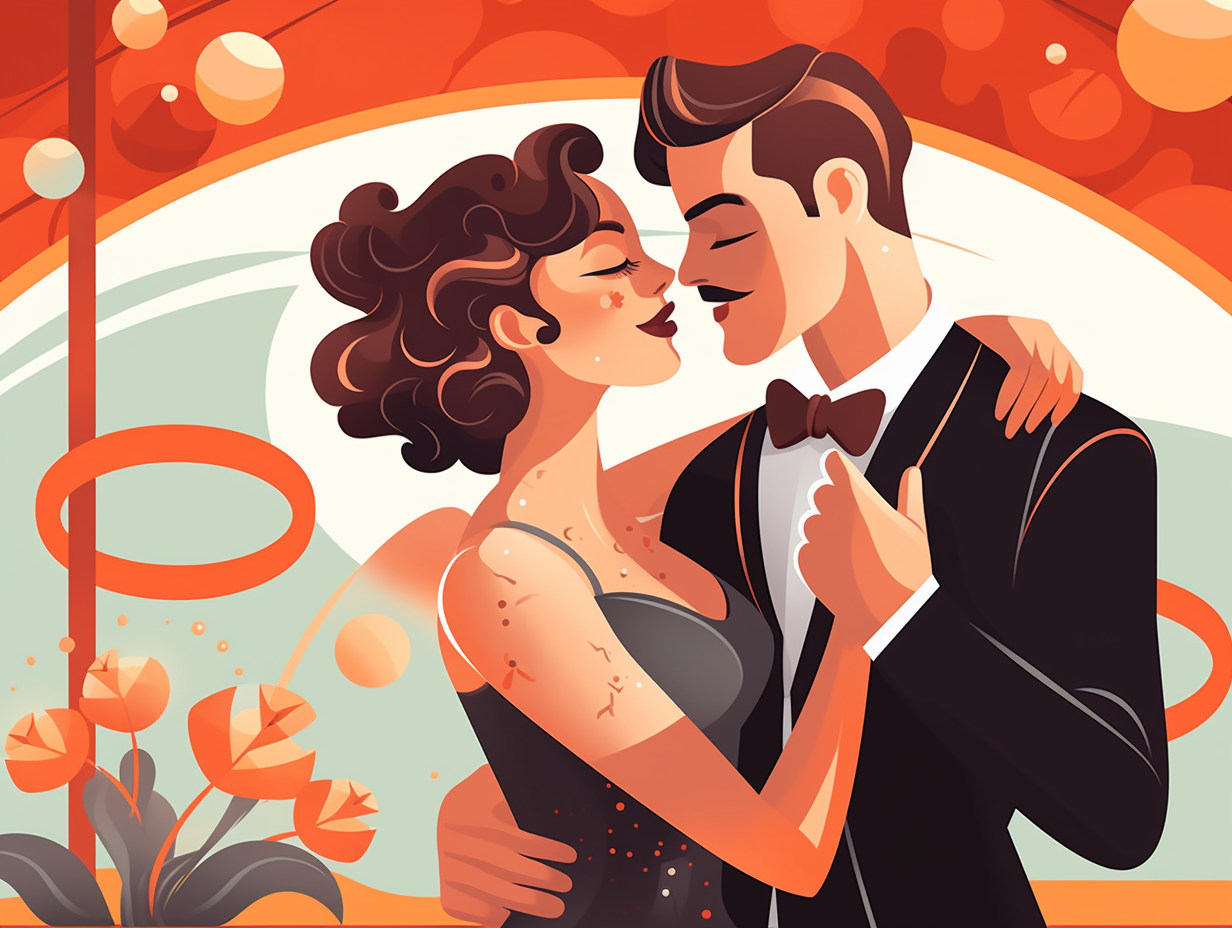Discover the Top 14 Fascinating Fun Facts about Covalent Bonds for Your Next Chemistry Trivia Night

1. Atomic Dating Life
Ever wanted to peek into the dating life of atoms? Well, compatibility is just as important for them as it is for us! When atoms search for their perfect match, it basically comes down to chemistry - quite literally: Covalent bonds are stronger when there is a greater overlap in their atomic bands, where they become practically inseparable.
Source => en.wikipedia.org
2. Graphite vs Diamond Blind Date
Picture graphite and diamond on a blind date: graphite, a smooth operator that slides into conversations effortlessly, while diamond is the tough, unbreakable type with an electrifying aura. But wait, they're both carbon! How is this possible?: Well, it's all about the covalent bonds; in graphite, weak van der Waals forces between carbon sheets create a slick and slippery character, while in diamonds, strong tetrahedral bonding gives them unmatched hardness and insulation abilities.
Source => enmu.edu

Did you know bananas contain a radioactive isotope? Discover why eating thousands of them still won't harm you! 🍌☢️
=> Fun Facts about Chemistry
3. Polar or Nonpolar Playground
When electrons play favorites and choose a side like kids choosing teams on the playground: covalent bonds can be polar or nonpolar, depending on whether the involved elements have different electronegativities, with electrons gravitating towards the more electronegative element, or similar electronegativities, resulting in a fairest share of electrons.
Source => khanacademy.org
4. Roommates of the Atomic World
Covalent bonds: the perfect roommates of the atomic world, chummy and happy to share, but not always equally! The serious reveal: These buddy-buddy atoms share electrons to achieve a stable octet, but the electrons are not always shared equally, resulting in polar or nonpolar covalent bonds depending on the electronegativity of the atoms involved.
Source => chem.libretexts.org

5. Electron Musical Chairs
Who says sharing isn't caring? Especially when it's all about electrons playing musical chairs among some atom buddies: Covalent bonds occur when atoms with similar electronegativity cozy up to share electrons, forming anything from simple double acts to full-on quadruple bonds, creating the intricate and fascinating molecules that make life possible on Earth.
Source => chem.libretexts.org
6. Bachelorette of Chemistry
Did you know covalent bonds are like atom speed-dating events, where atoms bond for their electrifying connection and perfectly balanced relationships? It's "The Bachelorette" of chemistry, roses and all: Covalent bonds form when atoms share valence electrons, creating stable molecules like oxygen and water. In polar covalent bonds, some atoms hog the electrons' attention, leading to partially negative and positive charges for that extra dramatic twist.
Source => khanacademy.org
7. Chemical Party Matchmaker
Much like a social butterfly of the periodic table, the valence of an atom dictates how many friends it can bond with at every chemical party: The number of bonds possible for elements like carbon and hydrogen can be predicted using the periodic table, resulting in the intriguing molecular formula of \(\ce{C}_n \ce{H}_{2n + 2}\). Hydrocarbons follow this trend to achieve stability, but rebellious compounds like ethene and acetylene break the mold with different bond energies and carbon-atom distances.
Source => chem.libretexts.org
8. Tug-of-War Bonds
Here's a bond you won't find in a James movie, but it sure knows how to keep atoms together: Covalent bonds are the molecular world's version of tug-of-war, where stronger atoms attract shared electrons, resulting in either polar or nonpolar bonds based on electron-sharing equality.
Source => chem.libretexts.org
9. Real Housewives of Chemical Bonds
In a molecular episode of "The Real Housewives of Chemical Bonds," covalent bonds often play tug-of-war with shared electrons, making things polar-ly charged and a little electric: This chemistry drama results in the formation of polar covalent bonds, which create partial positive and negative charges on atoms, ultimately giving rise to fascinating properties like dipole moments.
Source => chem.libretexts.org

10. Valence: The Periodic Table Social Butterfly
Guess who's coming to the (chemical) party: it's Valence, the matchmaker of elements! By determining which atoms are dying to bond with others, this atomic social butterfly helps us predict the valence of elements in the periodic table: Assigning valence numbers based on the number of covalent bonds each element prefers allows us to see a delightful dance of patterns and similarities, making it both fascinating and downright handy for understanding the bonding properties of their group.
Source => chem.libretexts.org
11. Covalent Bond Sitcom
If covalent bonds had a sitcom, it'd be called "The One Where Atoms Share Electrons": these chummy atomic relationships bring atoms together, sharing electrons between them to form stable molecules that give new meaning to the term "bonding time."
Source => chem.libretexts.org
12. Electron Tango Levels
In the game of electron tango, some covalent bonds are strictly beginners, while others slay every move in a sizzling, intricate dance: the strength and stability of covalent bonds depend on the number of electrons being shared, with single bonds being weaker but stable, and triple bonds offering an electric performance at the expense of their stability.
Source => chem.libretexts.org
13. Nitrogen's Triple Bond Fun
Ready to triple the fun and be "N-itrogen" to win it? Two nitrogen atoms know how to make a bond like no other: The N2 molecule showcases the power of covalent bonds, as these two party animals share not one, but three pairs of electrons, resulting in a spectacularly strong triple bond that grants them an air of confidence and relative inertness. Who knew molecular chemistry could be such a bonding experience?
Source => chem.libretexts.org
14. Electronegativity Rollercoaster
Much like the thrill-seeker who discovers they're not much of an adrenaline junkie when hitting the highest loop on a rollercoaster, electrons can experience a change of heart and a tug in a new direction when they encounter atoms with higher electronegativity: This realization leads to what we call a polar covalent bond, in which electrons are unequally shared between atoms, creating an electrostatic potential that enables the molecule to form dalliances with other similarly polar characters. Water, sulfide, and ozone are just a few of these lovable, lopsided molecules strutting their electrifying attractions.
Source => chem.libretexts.org
Related Fun Facts




















